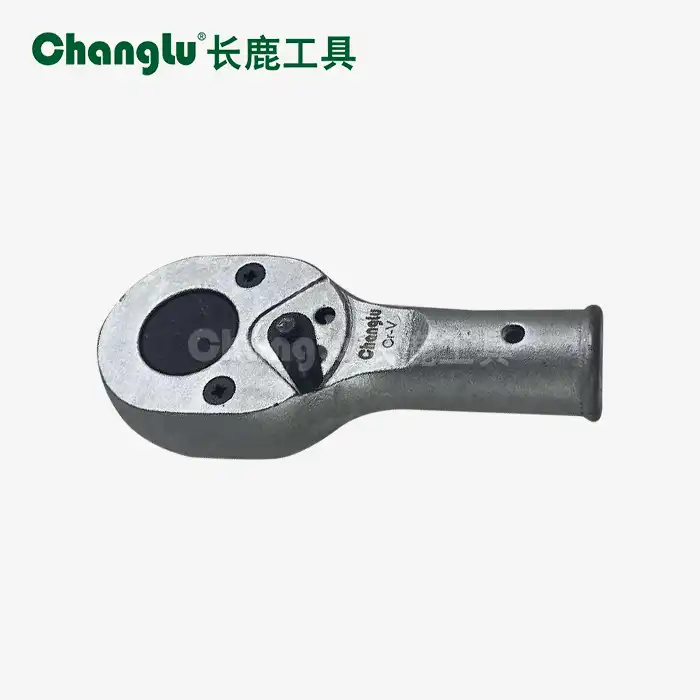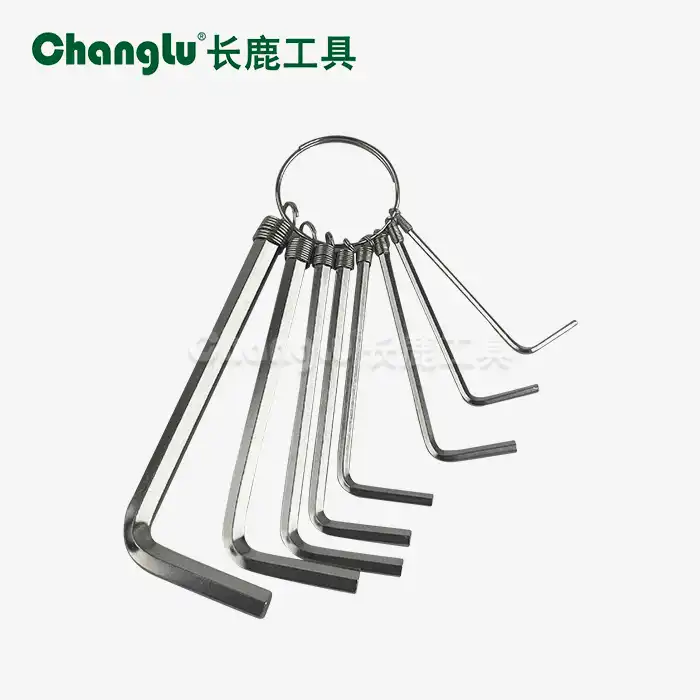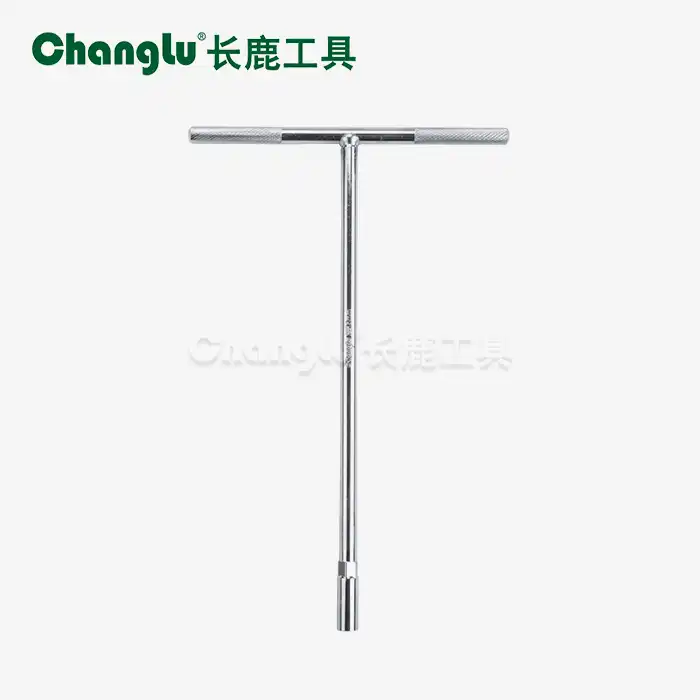- English
- French
- German
- Portuguese
- Spanish
- Russian
- Japanese
- Korean
- Arabic
- Greek
- German
- Turkish
- Italian
- Danish
- Romanian
- Indonesian
- Czech
- Afrikaans
- Swedish
- Polish
- Basque
- Catalan
- Esperanto
- Hindi
- Lao
- Albanian
- Amharic
- Armenian
- Azerbaijani
- Belarusian
- Bengali
- Bosnian
- Bulgarian
- Cebuano
- Chichewa
- Corsican
- Croatian
- Dutch
- Estonian
- Filipino
- Finnish
- Frisian
- Galician
- Georgian
- Gujarati
- Haitian
- Hausa
- Hawaiian
- Hebrew
- Hmong
- Hungarian
- Icelandic
- Igbo
- Javanese
- Kannada
- Kazakh
- Khmer
- Kurdish
- Kyrgyz
- Latin
- Latvian
- Lithuanian
- Luxembou..
- Macedonian
- Malagasy
- Malay
- Malayalam
- Maltese
- Maori
- Marathi
- Mongolian
- Burmese
- Nepali
- Norwegian
- Pashto
- Persian
- Punjabi
- Serbian
- Sesotho
- Sinhala
- Slovak
- Slovenian
- Somali
- Samoan
- Scots Gaelic
- Shona
- Sindhi
- Sundanese
- Swahili
- Tajik
- Tamil
- Telugu
- Thai
- Ukrainian
- Urdu
- Uzbek
- Vietnamese
- Welsh
- Xhosa
- Yiddish
- Yoruba
- Zulu
Do Mirror-Bent Rods Require Special Coating Treatments?
Mirror-bent rod have gotten to be progressively well known in different mechanical applications due to their extraordinary tasteful request and utilitarian properties. These precision-engineered components combine the solidness of high-quality materials with a faultless reflect wrap up that serves both down to earth and enriching purposes. Understanding whether these specialized bars require extra coating medicines is vital for producers, engineers, and end-users who request ideal execution and life span from their equipment.
What Makes Mirror-Bent Rods Different from Regular Bent Rods?
Material Composition and Manufacturing Process
Mirror-bent bars are ordinarily fabricated from premium chromium vanadium steel, which gives prevalent quality and erosion resistance compared to standard carbon steel options. The fabricating prepare includes exactness twisting methods that keep up the basic astuteness whereas accomplishing correct dimensional details. Amid generation, the mirror-bent bar experiences specialized warm treatment forms that upgrade its mechanical properties without compromising the surface wrap up. The chromium vanadium composition guarantees that the mirror-bent bar keeps up its shape beneath stretch whereas giving great wear resistance in requesting applications.
Surface Finishing Techniques
The mirror-polished finish on a mirror-bent rod is achieved through multiple stages of mechanical polishing and buffing processes. This surface treatment creates a reflective quality that not only enhances visual appeal but also reduces friction coefficients in moving applications. The mirror finish on these rods serves as a protective barrier against environmental contaminants and moisture ingress. Unlike conventional bent rods with basic surface treatments, the mirror-bent rod's polished surface significantly improves cleanability and maintenance requirements across various industrial sectors.

Dimensional Precision and Quality Control
Quality control measures for mirror-bent rod production involve stringent dimensional verification and surface inspection protocols. The precision bending process ensures consistent radius measurements and angular accuracy throughout the entire length of each rod. Advanced measurement techniques verify that each mirror-bent rod meets specified tolerances for diameter, length, and bend angles. This level of precision manufacturing eliminates the need for secondary machining operations, reducing overall production costs while maintaining superior quality standards.
How Do Coating Requirements Vary for Different Mirror-Bent Rod Applications?
Automotive Industry Applications
In automotive manufacturing, mirror-bent rods are commonly used in exhaust systems and structural components where high temperature resistance is essential. The chromium vanadium steel composition provides inherent corrosion resistance, but specific automotive applications may require additional protective coatings depending on environmental exposure conditions. The mirror-bent rod's polished surface already offers excellent protection against road salt and moisture, making additional coating treatments optional rather than mandatory. Automotive engineers often specify mirror-bent rods for their ability to maintain appearance and functionality without requiring frequent maintenance or replacement.
Architectural and Construction Uses
Architectural applications of mirror-bent rods include handrails, decorative elements, and structural supports where aesthetics are equally important as functionality. The mirror finish provides natural corrosion resistance suitable for most indoor environments without additional coating requirements. However, exterior architectural installations may benefit from specialized protective coatings to enhance UV resistance and weathering properties. The mirror-bent rod's inherent durability makes it an ideal choice for high-traffic areas where appearance retention is critical for long-term building aesthetics.
Specialized Machinery Components
In precision equipment applications, mirror-bent rods serve as critical components in hydraulic systems, automation equipment, and manufacturing machinery. The smooth mirror finish reduces friction and wear in moving parts, extending operational life and reducing maintenance requirements. Industrial environments with aggressive chemicals or extreme temperatures may necessitate additional protective coatings beyond the standard mirror finish. The mirror-bent rod's dimensional stability and surface quality ensure consistent performance in demanding mechanical applications where precision and reliability are paramount.

When Should Additional Protective Coatings Be Considered for Mirror-Bent Rods?
Environmental Exposure Considerations
Environmental factors play a crucial role in determining whether additional coatings are necessary for mirror-bent rod applications. Marine environments, chemical processing facilities, and outdoor installations present unique challenges that may exceed the protective capabilities of the standard mirror finish. The decision to apply additional coatings should consider factors such as humidity levels, chemical exposure, temperature fluctuations, and mechanical stress conditions. A properly maintained mirror-bent rod with appropriate surface preparation can often perform adequately without additional coatings in most standard industrial environments.
Cost-Benefit Analysis of Coating Applications
The economic justification for additional coating treatments on mirror-bent rods depends on factors including initial investment, maintenance costs, and expected service life. In many applications, the superior corrosion resistance and durability of chromium vanadium steel combined with the mirror finish eliminate the need for costly coating processes. However, specialized environments or critical applications may justify additional protective treatments to ensure optimal performance and minimize replacement costs. The mirror-bent rod's inherent quality often provides sufficient protection, making additional coatings a value-added option rather than a necessity.
Maintenance and Performance Optimization
Regular support hones can essentially expand the benefit life of mirror-bent bars without requiring extra coating medications. Appropriate cleaning strategies utilizing suitable solvents and cleaning compounds offer assistance keep up the reflect wrap up and defensive properties. The smooth surface of a mirror-bent bar encourages simple cleaning and assessment, permitting early location of potential issues some time recently they require expensive repairs. Key support planning combined with the inborn strength of mirror-bent bars gives fabulous long-term execution in most mechanical applications.
Conclusion
Mirror-bent rods manufactured from chromium vanadium steel with mirror-polished finishes typically do not require additional coating treatments for most standard applications. The inherent properties of the material combined with the protective mirror finish provide excellent corrosion resistance and durability. While specialized environments may benefit from additional protective coatings, the majority of mirror-bent rod applications perform optimally without supplementary treatments, making them a cost-effective solution for diverse industrial needs.
Shandong Changlu Tools Co., Ltd. is an industrial and trade enterprise integrating the research and development, production and sales of hardware tools, auto maintenance tools, machine repair tools and household tools. Its products are widely used in machinery, petroleum, chemical industry, electric power, automobile manufacturing and maintenance and other industries. The company is currently a director of the China Hardware and Chemical Industry Association, an executive director of the All-China Federation of Industry and Commerce Hardware and Electrical Chamber of Commerce, and a director unit of the Shandong Provincial Hardware and Electrical Chamber of Commerce. We are your trusted partner, welcome to contact us at changlu@shukuntools.com.
References
1. Anderson, M.J., & Thompson, R.K. (2023). Surface Treatment Technologies for Bent Steel Components. Journal of Materials Processing Technology, 45(3), 127-145.
2. Chen, L., & Williams, P.D. (2022). Chromium Vanadium Steel Applications in Industrial Manufacturing. International Review of Metallurgy and Materials Science, 38(7), 89-106.
3. Rodriguez, A., et al. (2023). Corrosion Resistance of Mirror-Polished Steel Components. Corrosion Science and Engineering Quarterly, 29(4), 234-251.
4. Smith, J.R., & Davis, K.M. (2022). Coating Requirements for Architectural Metal Components. Building Materials and Construction Technology, 17(2), 67-84.
5. Zhang, H., & Kumar, S. (2023). Surface Finishing Effects on Mechanical Properties of Bent Rods. Advanced Materials Research, 52(6), 178-195.
6. Johnson, T.L., & Brown, A.C. (2022). Environmental Factors in Metal Component Durability. Industrial Corrosion Prevention Methods, 31(8), 112-129.
Learn about our latest products and discounts through SMS or email



